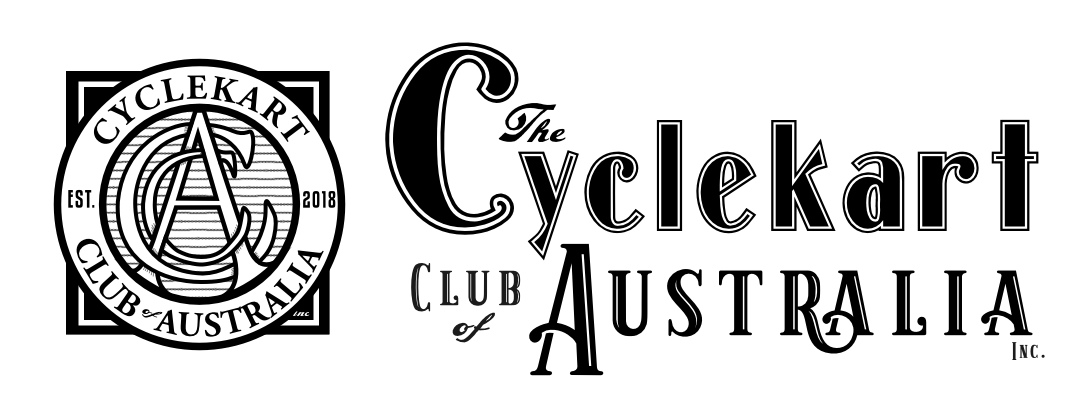-
King pin inclination (KPI) along with caster (which you describe as forward-aft KPI) help to provide steering self centering and therefore stability. With a near zero inclination and caster angle the steering will be very light and twitchy, and...King pin inclination (KPI) along with caster (which you describe as forward-aft KPI) help to provide steering self centering and therefore stability. With a near zero inclination and caster angle the steering will be very light and twitchy, and you will find that bumps and ruts in the road will have a negative effect on handling, as the cyclekart will tend to dart around and be very lively.More
By adding KPI and caster the natural tendency of the steering is that the weight of the car will push the wheels back to their centred position. Bumps and ruts will have much less of a negative impact as any displacement of the wheels is automatically corrected, but steering will be much heavier.
The figures that you have quoted seem fairly typical and are a reasonable guide. Some run as much as 15 degrees KPI.
However it should be considered that King pin inclination and caster alone do not completely define the handling as there are additional factors such as Ackerman angle and scrub radius that also influence handling characteristics.
HTHPost is under moderationStream item published successfully. Item will now be visible on your stream.
The Cyclekart Club of Australia acknowledges the Traditional Custodians of country and their connections to land, sea and community.
We pay respect to Elders past and present and extend that respect to all Aboriginal and Torres Strait Islander peoples today.
The Cyclekart Club of Australia Incorporated





